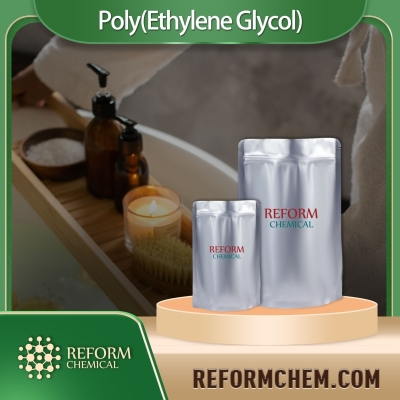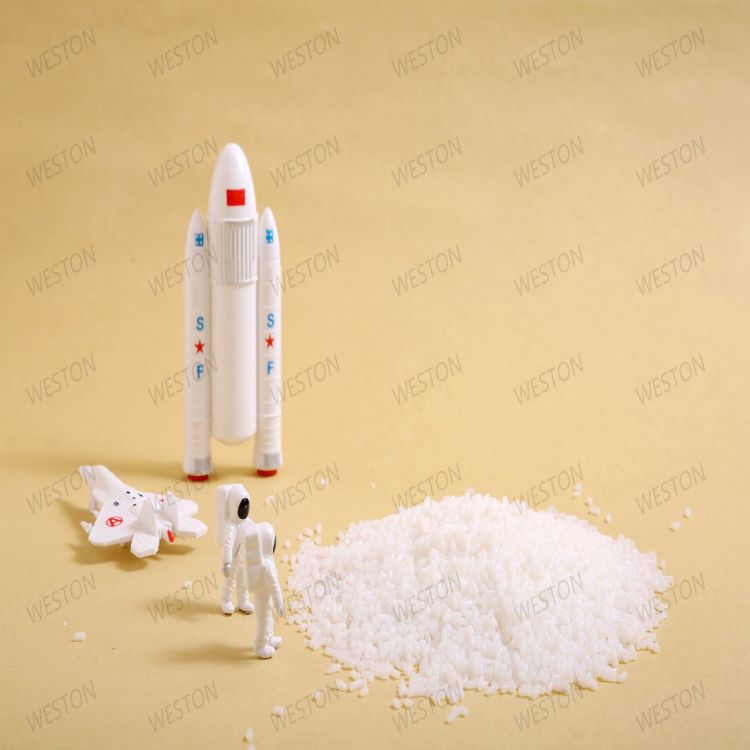-
Categories
-
Pharmaceutical Intermediates
-
Active Pharmaceutical Ingredients
-
Food Additives
- Industrial Coatings
- Agrochemicals
- Dyes and Pigments
- Surfactant
- Flavors and Fragrances
- Chemical Reagents
- Catalyst and Auxiliary
- Natural Products
- Inorganic Chemistry
-
Organic Chemistry
-
Biochemical Engineering
- Analytical Chemistry
-
Cosmetic Ingredient
- Water Treatment Chemical
-
Pharmaceutical Intermediates
Promotion
ECHEMI Mall
Wholesale
Weekly Price
Exhibition
News
-
Trade Service
The development of green and efficient pretreatment technology to break the natural anti-degradation barrier of cellulose is very important for the effective utilization of cellulose resources, and can help achieve the "double carbon" goal
.
The metabolomics research group led by Cui Qiu, a researcher at the Qingdao Institute of Bioenergy and Processes, Chinese Academy of Sciences, in cooperation with Tang Yanjun, a professor at Zhejiang Sci-Tech University, has innovatively established a low-energy, green and efficient molten salt hydrate insoluble pretreatment cellulose technology
.
This technology can efficiently defibrate at room temperature, laying the foundation for further saccharification and functional utilization of cellulose
.
Cellulose produced by green plant photosynthesis can be converted into biofuels, bio-based materials or bio-based chemicals
.
As a natural and renewable carbon negative resource, cellulose has broad application prospects
.
However, natural cellulose has a highly crystalline supramolecular structure, and its high proportion of ordered and dense cellulose I-type crystal structure makes its hydrolysis and functional modification less efficient, which limits the effective utilization of cellulose
.
To this end, it is necessary to develop a clean, low-energy-consumption, high-efficiency pretreatment technology to break the dense structure of cellulose and increase its conversion and utilization efficiency
.
Compared with physical pretreatment with high energy consumption and biological pretreatment with relatively low timeliness, chemical pretreatment is more efficient, especially the use of recyclable green solvent systems
.
Molten salt hydrate (MSH) is a green and efficient cellulose solvent, which has been used for the dissolution, catalytic saccharification and conversion of cellulose
.
Among them, lithium bromide trihydrate (LBTH) often requires a higher temperature (>100 oC) to dissolve cellulose, and the higher the temperature, the easier it is to cause the degradation of cellulose, which will increase the recovery and purification cost of LBTH and increase the complexity of the process.
sex
.
If the efficient deconstruction of cellulose can be achieved without cellulose degradation and dissolution, it will be more conducive to solid-liquid separation and solvent recovery and reuse
.
However, whether LBTH can dissociate the crystalline structure of cellulose under mild conditions and to what extent have not been reported in the previous literature
.
The study found that LBTH treatment of microcrystalline cellulose at room temperature for 5 minutes can transform the original dense cellulose I-type crystal structure into a looser and disordered amorphous structure, and the crystallinity is reduced to 1/4 of the original
.
Treated at room temperature for 30 minutes, the crystal structure of microcrystalline cellulose can be completely dissociated, and its BET specific surface area is increased by 60 times
.
The accessibility of cellulose after LBTH pretreatment was evaluated in detail using enzymatic hydrolysis kinetics
.
The experiment found that under the condition that the enzyme dosage was only 2.
5 mg protein/g cellulose and the enzyme hydrolyzed for 24 hours, the conversion rate of cellulase hydrolysis after LBTH treatment for 30 minutes was close to 100%, while the unpretreated fiber under the same conditions The conversion rate of enzyme hydrolysis was only 16.
7%
.
In addition, the system characterization confirmed that LBTH can dissociate the microcrystalline cellulose structure quickly and efficiently at room temperature without dissolving cellulose, which is beneficial to the solid-liquid separation after pretreatment and the recovery and reuse of the solvent
.
The study also confirmed that LBTH can be almost completely recovered, and because there is no degradation of cellulose, the solvent reuse does not require complicated purification, the reuse effect is not affected by the number of reuses, and the overall process is clean and efficient
.
Related research results were published in "Carbohydrate Polymers" (Carbohydrate Polymers)
.
The research work is supported by the National Natural Science Foundation of China, the Strategic Pilot Science and Technology Project of the Chinese Academy of Sciences, the Shandong Provincial Natural Science Outstanding Youth Fund, and the Qingdao Institute of Energy Self-Deployment Fund
.
Qingdao Energy Institute and others established molten salt hydrate non-dissolving pretreatment cellulose technology







